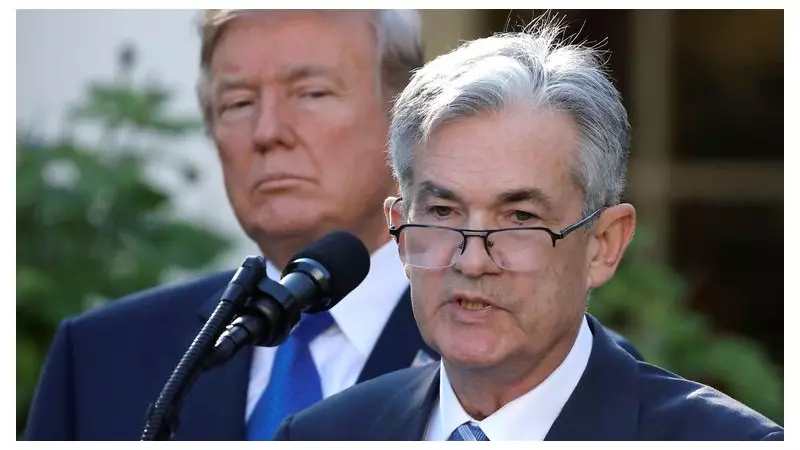
In a significant monetary policy shift, the Federal Reserve has moved to cut US interest rates, defying earlier expectations of persistent inflation pressure from Trump-era tariffs.
The decision comes as economic data reveals a surprising trend: the much-feared inflationary spike from former President Donald Trump's trade policies has largely failed to materialise, giving central bankers room to manoeuvre.
Economic Reality Defies Expectations
Market analysts and policymakers had braced for substantial consumer price increases following the implementation of sweeping tariffs on Chinese imports during the Trump administration. However, recent economic indicators show inflation remaining remarkably contained, allowing the Fed to focus on supporting economic growth.
The rate cut signals confidence that the US economy can withstand global trade tensions without triggering runaway price increases, a development that could have implications for central banks worldwide, including the Bank of England.
Global Implications for Monetary Policy
This unexpected economic stability amid trade wars provides valuable insights for international policymakers. The Fed's action demonstrates how central banks might navigate complex trade environments while maintaining price stability.
Economists are now closely watching whether this pattern could influence approaches to similar challenges in other major economies, potentially offering new frameworks for managing the intersection of trade policy and monetary decisions.
The move also raises questions about traditional economic models that predicted stronger inflationary effects from tariff measures, suggesting that modern global supply chains may be more resilient than previously thought.





